Hardi Plank worth considering?
sophie123
12 years ago
Related Stories
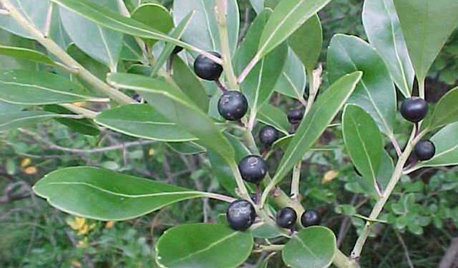
FLOWERS AND PLANTSEasterners: Consider This Native Alternative to Boxwood
Inkberry, or Ilex glabra, excels as a foundation plant or formal hedge perfectly suited to the East Coast
Full Story
FLOORSWhat to Ask When Considering Heated Floors
These questions can help you decide if radiant floor heating is right for you — and what your options are
Full Story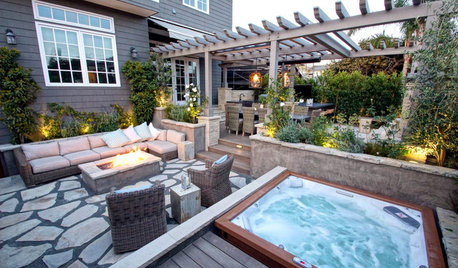
PATIOS10 Reasons to Consider a Sectional for Your Outdoor Space
Pull together your patio or deck with seating that's comfortable, casual and roomy
Full Story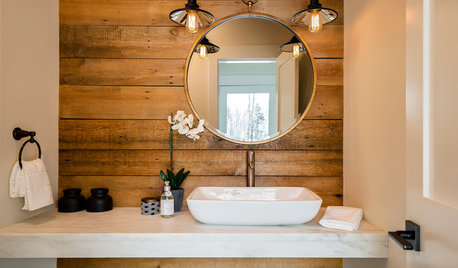
MOST POPULAR8 Reasons to Warm Up With a Wood Plank Wall
The accent finds a place in every room — adding focus, coziness, definition and more
Full Story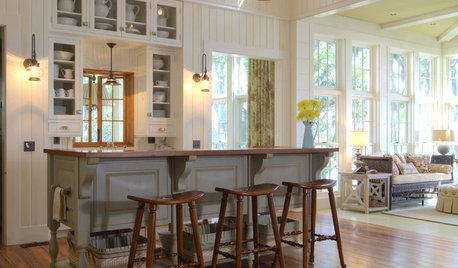
KITCHEN DESIGN9 Flooring Types for a Charming Country Kitchen
For hardiness and a homespun country look, consider these kitchen floor choices beyond brand-new wood
Full Story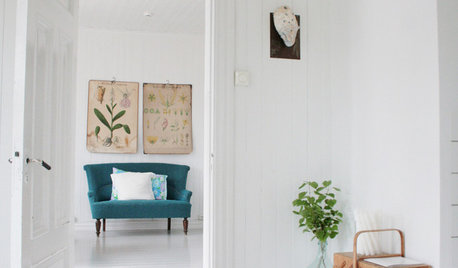
DECORATING GUIDESClean Start: Fresh-Faced White Planking
White-plank walls add simple style and enough texture to keep things interesting
Full Story
REMODELING GUIDESYour Floor: An Introduction to Solid-Plank Wood Floors
Get the Pros and Cons of Oak, Ash, Pine, Maple and Solid Bamboo
Full Story
LANDSCAPE DESIGNGreat Design Plant: Retreat to the Shade of Hardy Catalpa
Big foliage and a towering height provide a shady respite in summer, but that's not all hardy catalpa offers dedicated gardeners
Full StoryMore Discussions






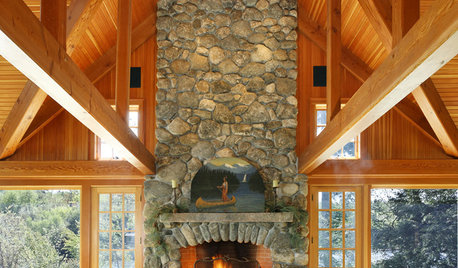
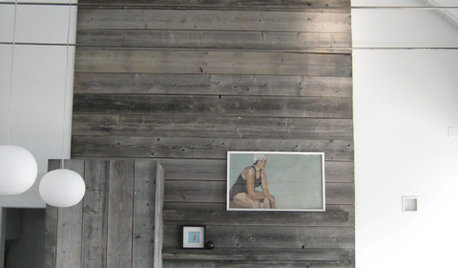


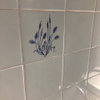

concretenprimroses
kudzu9
Related Professionals
Georgetown Kitchen & Bathroom Designers · Hammond Kitchen & Bathroom Designers · Magna Kitchen & Bathroom Designers · Moraga Kitchen & Bathroom Designers · Fremont Kitchen & Bathroom Remodelers · Gardner Kitchen & Bathroom Remodelers · Hoffman Estates Kitchen & Bathroom Remodelers · Honolulu Kitchen & Bathroom Remodelers · Idaho Falls Kitchen & Bathroom Remodelers · Kettering Kitchen & Bathroom Remodelers · Thonotosassa Kitchen & Bathroom Remodelers · Arvada Architects & Building Designers · Madison Heights Architects & Building Designers · Saint James Architects & Building Designers · Saint Paul Architects & Building DesignersAMRadiohead3885
beaniebakes
gwilson2